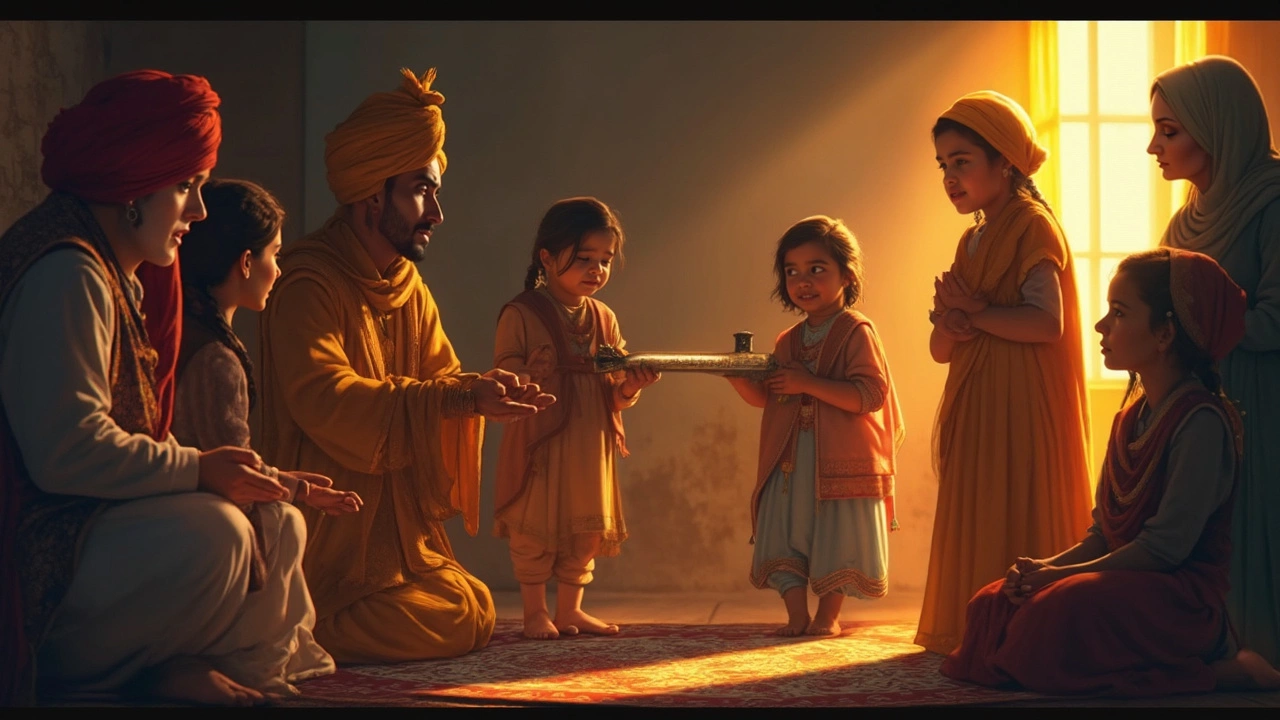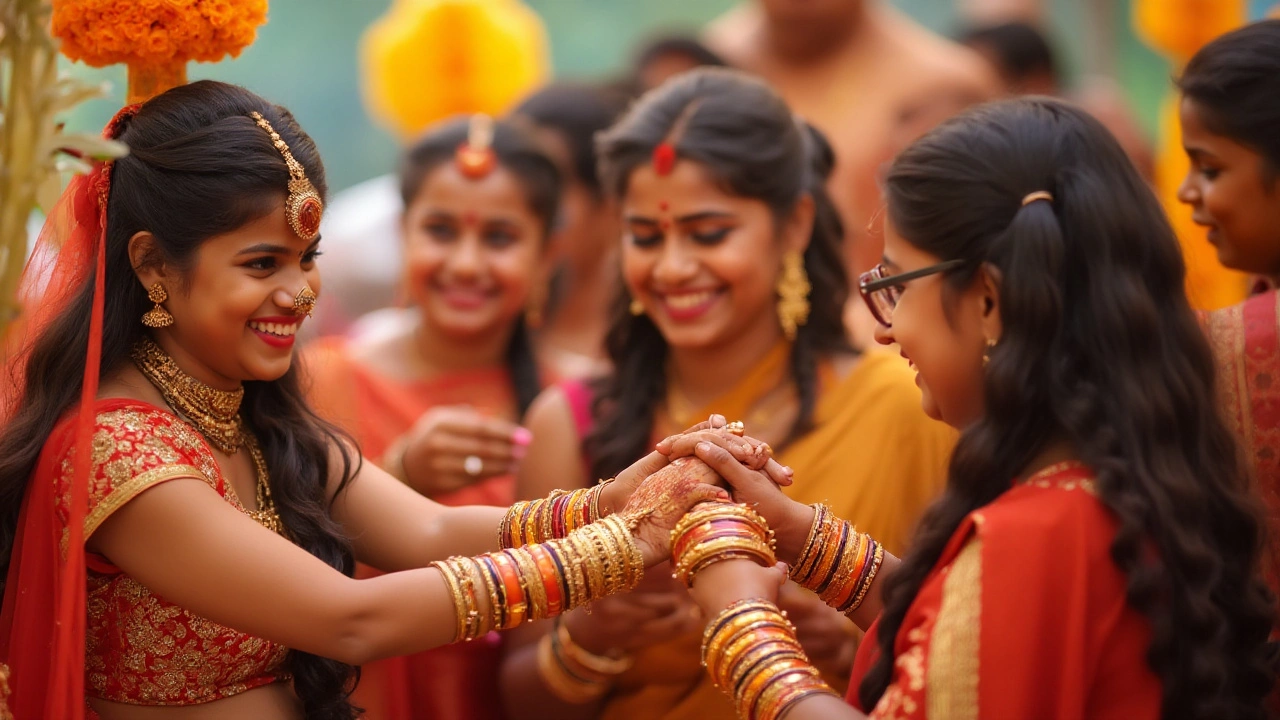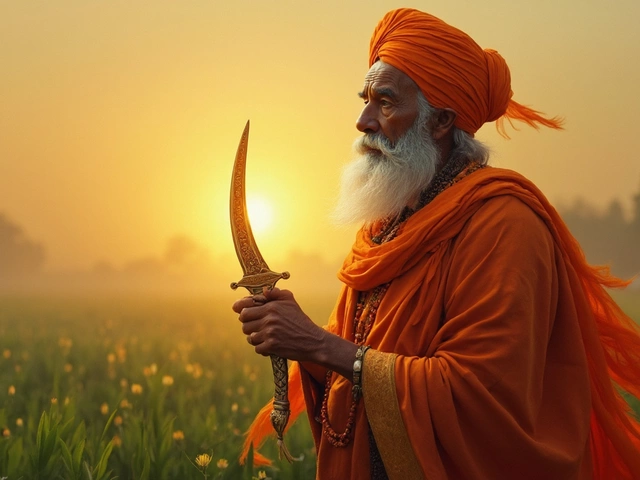Category: Culture and Traditions - Page 6
Kirpan: The Sikh Commitment to Protect and Serve
The Kirpan is a ceremonial sword or dagger carried by Sikhs as part of their religious faith. It represents the duty to ensure justice, protect the innocent, and stand up against oppression, symbolizing both spiritual and temporal responsibilities. Understanding the Kirpan involves exploring its historical roots, significance in modern society, and the commitments it entails for those who wear it. This article delves into why the Kirpan remains a powerful symbol of the Sikh community’s dedication to protecting and serving others.
Kirpans: The Art and Craft of Their Creation
The Kirpan is more than just a blade; it is a symbol of the Sikh faith with deep spiritual meaning. This article explores how Kirpans are crafted, focusing on the materials and techniques involved. From traditional methods to modern innovations, the process reflects a blend of cultural heritage and skilled craftsmanship. Discover the intricate details and dedication that go into making each Kirpan uniquely significant.
Understanding the Kirpan: One of the Five Ks of Sikhism
The Kirpan is an important symbol in Sikhism, representing the commitment to justice and protection. This article explores the significance of the Kirpan as one of the Five Ks, along with its historical context and modern relevance. Readers will learn why the Kirpan is an integral part of Sikh identity and how it is used in daily life. By demystifying this sacred item, we hope to foster better understanding and respect for Sikh traditions.
Exploring the Kirpan: Rituals and Blessings
The Kirpan is a ceremonial sword that holds deep religious significance in Sikhism. It's worn by initiated Sikhs as a symbol of responsibility, justice, and faith. This article explores the rituals associated with the Kirpan, its blessings, and its role in the lives of Sikhs. From rites of passage to its historical roots, understanding the Kirpan offers insight into a rich cultural practice.
The Kirpan's Role in Sikh Commitment to Protection
The Kirpan, a ceremonial sword or dagger, is more than just a weapon for Sikhs—it's a profound symbol of their commitment to protect others. This sacred object embodies the duty of defending justice and those in need. For Sikhs, carrying the Kirpan is a practice deeply rooted in their religious beliefs, representing courage and respect for life. While it may raise questions in communities unfamiliar with it, understanding its significance sheds light on Sikh values.
Kirpan: Meaning and Significance Explained
The Kirpan is more than just a ceremonial dagger; it's a vital symbol in Sikhism. It represents courage and the commitment to fight against injustice. Observant Sikhs carry it as a reminder of their duty to defend the vulnerable. This article explores the cultural, religious, and historical significance of the Kirpan, providing insights into its meaning and place in modern-day Sikh practice.
Can Unmarried Women in India Embrace the Charm of Traditional Bangles?
In many cultures, jewelry, especially bangles, holds significant symbolism and tradition. In India, while married women often wear bangles as a sign of matrimony, unmarried girls are equally drawn to their vibrant beauty and cultural resonance. The article explores the cultural history behind bangles in India, the materials and designs favored by young women, and how traditional practices evolve with modern fashion trends. It provides insights into how bangles can symbolize individuality and elegance beyond their marital association.
The Symbolic Meaning Behind Gifting Indian Bangles
Gifting bangles holds a profound meaning in Indian culture, deeply rooted in tradition and symbolism. This article delves into the rich cultural significance and historical backgrounds of bangles, exploring their role in various ceremonies and occasions. It also highlights regional differences in styles and the materials commonly used in these ornamental pieces. The emotional and social implications of gifting bangles are discussed, revealing their importance in strengthening bonds and expressing love.












